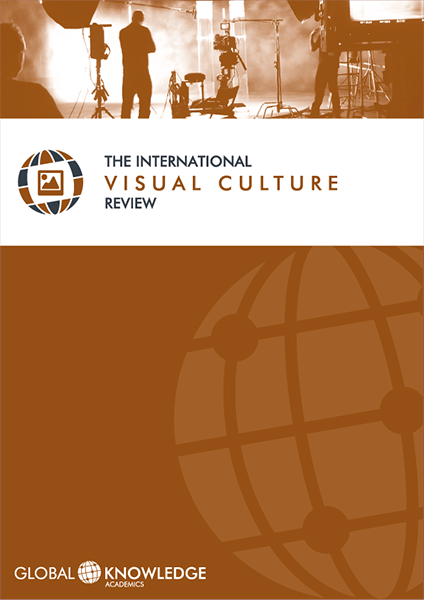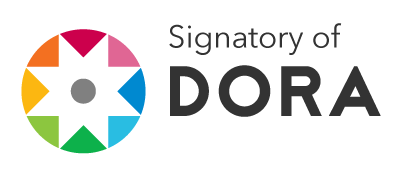Mining Textiles: Extracting multi-narrative responses from textiles to rethink a mining past
DOI:
https://doi.org/10.37467/gka-visualrev.v1.1770Keywords:
archives, coalmining, textiles, site-specificity, post-industrial, locality, heritageAbstract
This article is evidence of a practice-based investigation into the imaginative worlds of mining and textiles as a starting point for transforming ways of thinking and creating in the locality. Featuring artist-in-residence and archival processes of research, and performative and site-responsive interventions, a number of recurring themes of enquiry will be developed that combine elements of clothing design, historical studies, nature studies, photography, inflatable construction and social anthropology. The article will draw from the authors artistic practice in the extraction of multi-narrative responses from textiles as an inventive method for engaging site-specifically with former mining locations in UK and Australia.
Downloads
Global Statistics ℹ️
|
410
Views
|
193
Downloads
|
|
603
Total
|
|
Downloads
Published
How to Cite
Issue
Section
License
Those authors who publish in this journal accept the following terms:
-
Authors retain copyright.
-
Authors transfer to the journal the right of first publication. The journal also owns the publishing rights.
-
All published contents are governed by an Attribution-NoDerivatives 4.0 International License.
Access the informative version and legal text of the license. By virtue of this, third parties are allowed to use what is published as long as they mention the authorship of the work and the first publication in this journal. If you transform the material, you may not distribute the modified work. -
Authors may make other independent and additional contractual arrangements for non-exclusive distribution of the version of the article published in this journal (e.g., inclusion in an institutional repository or publication in a book) as long as they clearly indicate that the work was first published in this journal.
- Authors are allowed and recommended to publish their work on the Internet (for example on institutional and personal websites), following the publication of, and referencing the journal, as this could lead to constructive exchanges and a more extensive and quick circulation of published works (see The Effect of Open Access).













